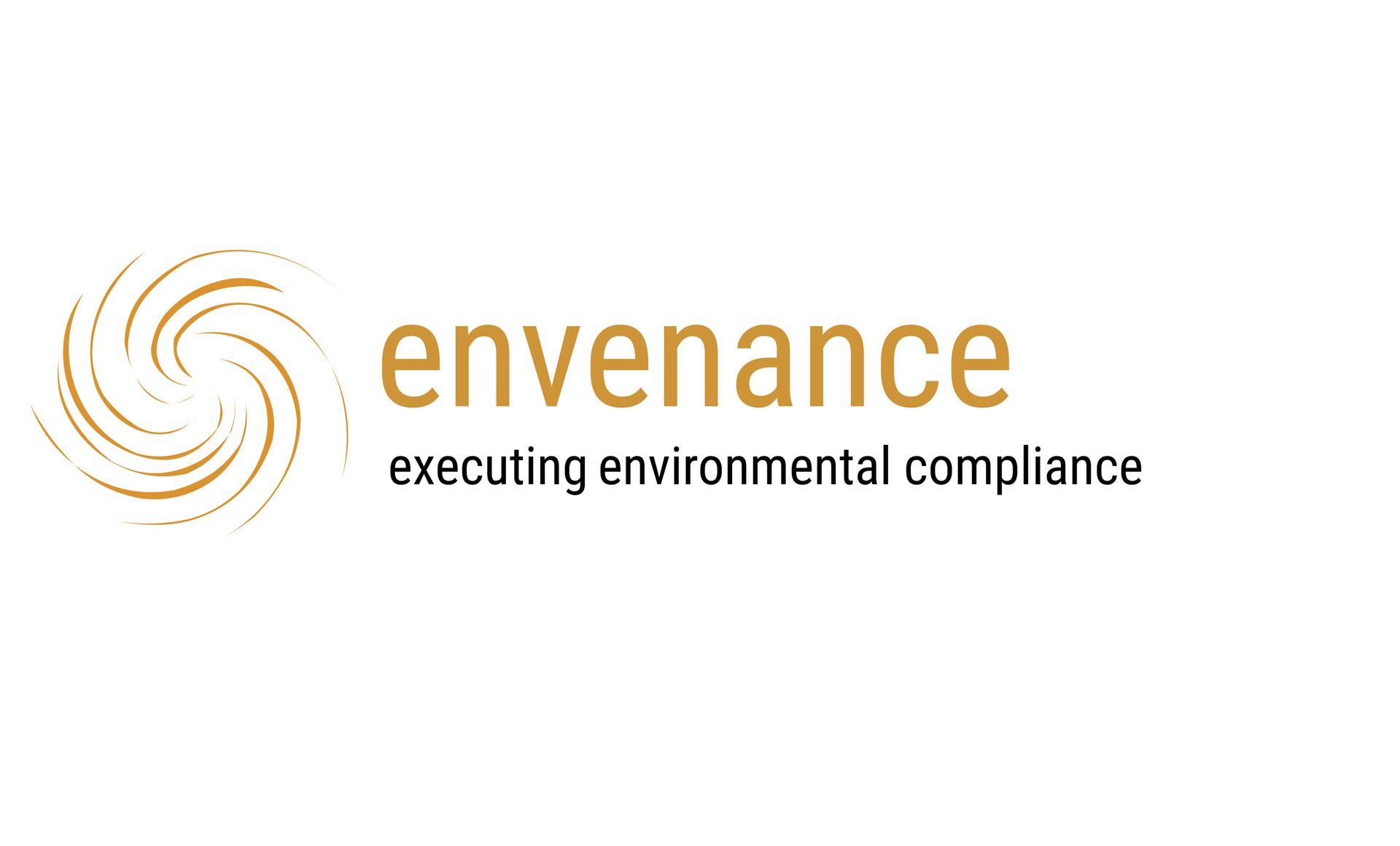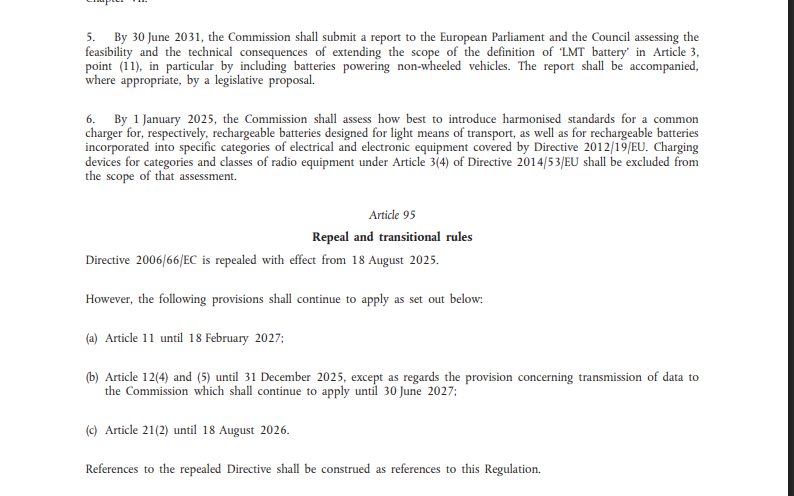Packaging labelling: status quo
A quick view into a maze.
The original Packaging Directive 94/62/EC did not include any obligations for the marking of packaging. It simply stipulated that “(…) Packaging shall bear the appropriate marking either on the packaging itself or on the label. It shall be clearly visible and easily legible.(…)” (see Article 8, 3 of Directive 94/62/EC).
Based on this principle of the Packaging Directive the EU Commission Decision 97/129/EC has established a system of numbering and abbreviations for an identification system for packaging materials. For materials that are not listed in the EU Commission Decision 97/129/EC, the CEN CR 14311:2002 gives the according references.
Commonly used plastic packaging is therefore marked as follows:
Material Abbreviation EU Code Marking example
Polyethylene Terephtalate PET 1 PET 1
High Density Polyethylene HDPE 2 HDPE 2
Poly Vinyl Chloride PVC 3 PVC 3
Low Density Polyethylene LDPE 4 LDPE 4
Polypropylene PP 5 PP 5
Polystyrene PS 6 PS 6
The usage of the marking system, however, has not been imposed in the past, but was left to a voluntary application by the member states.
Over the time, however, a range of additional markings was applied by individual countries which partially are perceived by users as being official markings (e.g.the Resy sign) Other markings became indeed mandatory in some countries, among them the Green Dot logo, the Tidy Man, the Mobius Loop, but also the markings as stipulated by the EU Commission Decision 97/129/EC itself. The latter have been integrated into the legislation of countries like Bulgaria, Germany, Italy, Lithuania, Portugal and Lithuania. Other countries are likely to follow in the future.
Bulgaria, Italy, Lithuania and Malta already require a mandatory usage of the alphanumerical codes of Decision 97/129/EC. Germany, Portugal and Slovenia have included the usage of the alphanumerical codes within their legislation. However, the application of those codes is not yet mandatory (see for example in Germany: § 6 VerpackG).
The recent developments regarding packaging markings are based on several EU legislations and initiatives:
- Directive (EU) 2018/851 which amends the Waste Framework Directive and which mandates a separate collection for all materials
- Directive (EU) 2018/852 which amends the Packaging Directive and mandates increased packaging recycling targets per material for 2025 and 2030 and calls for the establishment of EPR schemes in all member countries for all packaging
- The EU Plastics Strategy which highlights the target that by 2030 all plastic packaging placed on the EU market has to be either reusable or recyclable and sets ambitious recycling targets on plastic recycling for the EU as a whole
- The EU Circular Economy Action Plan includes an action item requiring information on correct separation of packaging waste at the source.
The EU Circular Economy Action Plan is the basis for a new set of sorting information rules targetting end consumers. Such sorting rules have been implemented by Italy, France and Spain.
In France, the usage of the Triman logo together with further instructions (Info-Tri) on packaging is mandatory. A detailed guide upon the requirements has been published by the collective organization CITEO. Despite an ongoing infringement process of the EU Commission, these mandatory requirements are now in force in France.
Italy follows a similar approach as France, however, - besides the application of the alphanumerical material codes - the marking rules are not as rigidly formalized. The collective scheme CONAI has published a guide in which the details are explained. CONAI suggests to place the following information on the packaging: material family, collection guidelines or collection guidelines by material family and the hint to check the local municipality guidelines for disposal of packaging. In order to communicate upon the material, CONAI suggest to use the UNI 11686 standard (e.g. blue for paper and yellow for plastics). The underlying intention is to inform about the material families that can be separated by hand and to infom the customer what to do with it. For the creation of the labelling, Conai suggests a tool called e-tichetta and which is available over the CONAI website.
Spain applies sorting rules on packaging by the 1st January 2025. The wording and symbols are not defined yet, however, the wording “environmentally friendly” is already prohibited.
As a general conclusion for companies that are confronted with packaging labelling, it may be advisable to add the material families based on Commission Decision 97/129/EC generally on their packaging. In how far the very elaborated French labelling system can serve as a blue print for Italy and Spain (and other countries) needs to be awaited.













